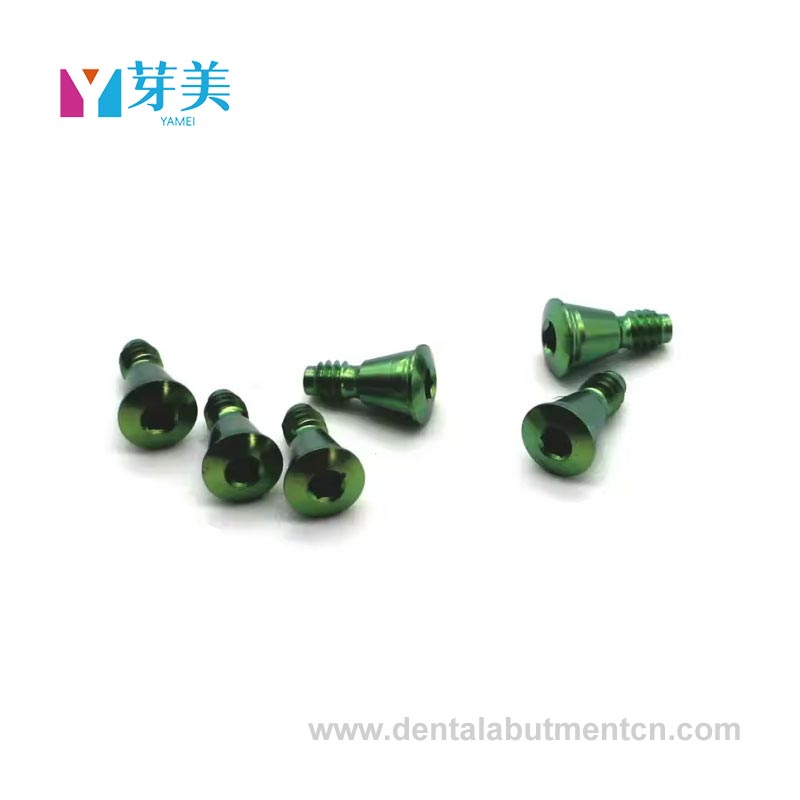Dental Implants – A Permanent Solution for Missing Teeth
2025-07-24
Dental implants are advanced titanium or zirconia posts surgically placed into the jawbone to serve as artificial tooth roots. They provide a strong, stable foundation for replacement teeth such as crowns, bridges, or dentures, restoring function and aesthetics.

What Are Dental Implants?
A dental implant consists of three main parts:
Implant Fixture:The biocompatible titanium or zirconia screw inserted into the jawbone.
Abutment:Connects the implant fixture to the replacement tooth.
Prosthesis:The visible part, such as a crown, bridge, or denture.
Benefits of Dental Implants
Natural Appearance and Feel:Implants look and function like natural teeth.
Bone Preservation:Stimulate jawbone growth, preventing bone loss.
Improved Oral Health:Do not require altering adjacent teeth like traditional bridges.
Durability:With proper care, implants can last decades.
Enhanced Comfort and Confidence:Secure fit eliminates slipping and discomfort.
Who Is a Candidate?
Ideal candidates are individuals with:
Adequate jawbone density
Good overall oral health
Non-smokers or willing to quit
No uncontrolled chronic conditions
The Procedure
1. Consultation and Planning:Imaging and assessment to design the implant plan.
2. Surgical Placement:Implant fixture is inserted into the jawbone.
3. Healing Period:Osseointegration occurs, bonding the implant with bone (typically 3–6 months).
4. Abutment Placement:After healing, the abutment is attached.
5. Prosthesis Attachment:Custom crown or denture is fixed to the abutment.
Care and Maintenance
Regular brushing and flossing
Routine dental check-ups
Avoiding hard or sticky foods immediately after placement
Dental implants provide a reliable and long-term solution to tooth loss, improving quality of life through restored function, appearance, and oral health.


